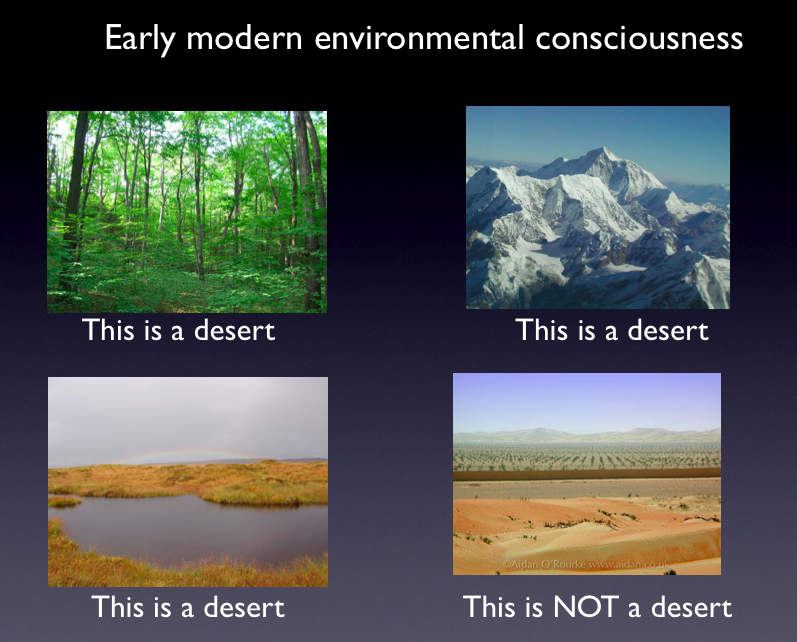Oddly, it seems that people haven't actually read Rowland Vaughan's Most approued, and long experienced water-workes or at least the long (and I mean long) dedicatory poem by Davies. I'd been looking for the smoking gun connecting agricultural innovation with aristocratic pastoral traditions (otherwise pastoralism is irrelevant). Here are some lines describing meadows unimproved by Vaughan's method:

The Brookes runne murmuring by their parched BrincksPretty pastoral, eh? This reminds me of Drayton's Polyolbion. As it happens, Vaughan set up his water meadows on the river Wye. When Drayton gets to the Wye in Polyolbion he digresses into an extraordinary celebration of ancient British learning and virtue. Furthermore, throughout the whole piece Vaughan and his cronies cast his enterprise as one of noblesse oblige, revealing the legitimacy of aristocratic control of the land itself. Lots to work with here.
(Pure virgin Nimphes) and chide against the Stancks, [weirs]
When as their sweetest profer'd seruice stinkes,
So coyly kisse the chapt-lippes of the Bankes. (4)
Vaughan, Rowland, and John Davies. Most approued, and long experienced water-workes. Imprinted at London, 1610., 1610.




